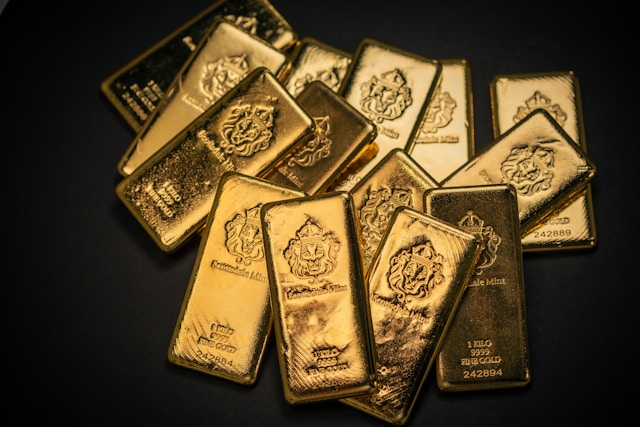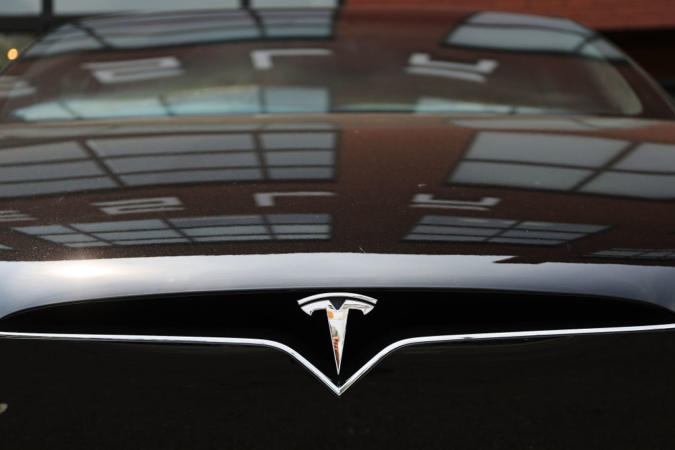Gold, one of the oldest and most valuable assets in human history, holds a significant position in global finance. Unlike traditional companies with shares traded on stock markets, gold’s market cap refers to the total value of all gold in circulation worldwide.
How Gold’s Market Cap Is Calculated
The market cap of gold is derived from its above-ground supply, which includes gold stored in central banks, private reserves, and jewelry. Current estimates place this supply at around 244,000 metric tons. Bear in mind, however, that the total amount fluctuates from source to source by as much as 20%. We arrive at the market cap figure by multiplying this quantity by the current gold price per ounce (approximately $2,600 per ounce in 2024).
Gold’s market cap fluctuates based on two primary factors: changes in the global supply of gold and shifts in its price due to demand dynamics. Various economic conditions, including inflation, currency strength, geopolitical uncertainties, and investor sentiment toward safe-haven assets, influence price volatility.
Gold vs. Other Major Assets
Gold’s market cap is often compared to other financial markets and commodities. For context, the global stock market is valued at approximately $110 trillion, and the cryptocurrency market hovers around $3.2 trillion as of 2024. Gold’s valuation dwarfs other physical commodities like silver and platinum, reflecting its unique status as both an industrial material and a financial asset.
Unlike stocks or cryptocurrencies, gold is not subject to the same speculative volatility, giving it a reputation as a “safe haven” during economic downturns. Its physical tangibility and historical role as a store of value provide stability, making it a preferred investment for central banks and long-term investors.
What Is Gold’s Market Cap?
As of 2024, the estimated market capitalization of gold, based on its total above-ground supply and current market prices, stands at approximately $17 trillion. The gold mining market is estimated to be worth $201.2B in 2022.
Why Gold’s Market Cap Matters
Understanding gold’s market cap offers insights into its role in the global economy. As a non-renewable resource with a finite supply, gold holds intrinsic value and is often seen as a hedge against inflation and currency devaluation. Its market cap reflects not just its monetary worth but its cultural and economic significance across centuries.
For investors, the sheer scale of gold’s market cap signifies its liquidity and reliability as an asset. While it does not offer returns like dividends or interest, its ability to preserve wealth during times of economic instability ensures it remains a cornerstone of diversified investment portfolios.
















